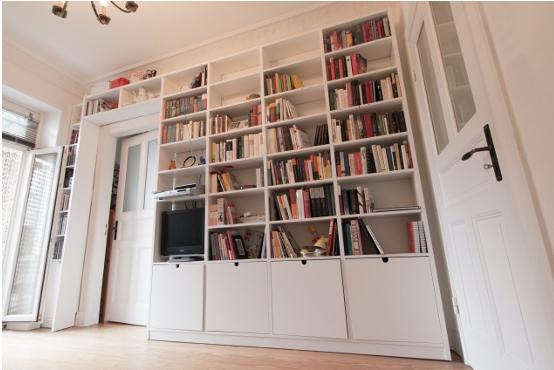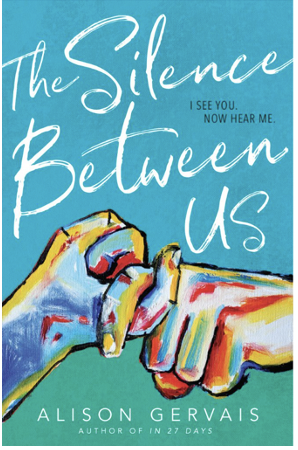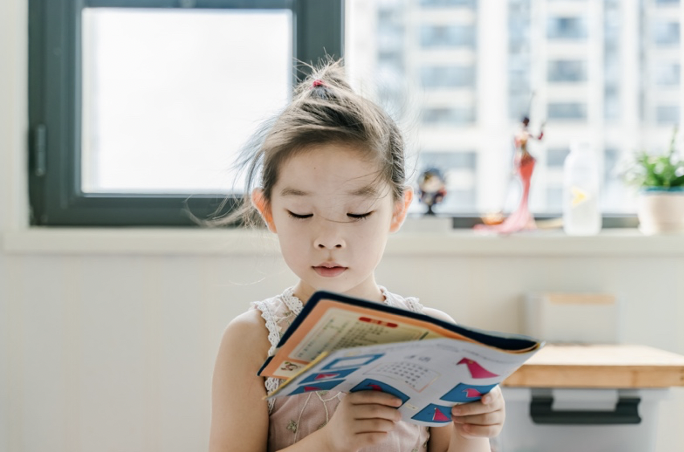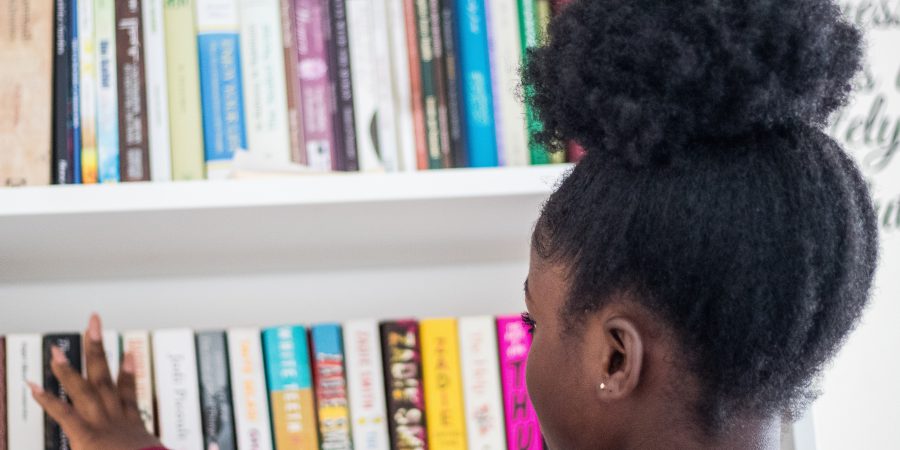As years go by, the presence and need for more diverse literature grow through pop culture. Recently, Trump’s ban on critical race theory for federal employees are further promoting the need and examination for diversity. What is this diversity? For this article, diversity regards ethnic, racial, cultural, geographic, accessibility, and other backgrounds, synonymous with multiculturalism.
Whether you’re a veteran bibliophile, classroom teacher, or recent book lover, you should adopt many different genres and perspectives to diverse your book palate.
As an English major, I have read from many different genres. Read and introduce your mindset to women, Native, Caribbean, Latin, and other non-American or British authors. This is not to say they are not excellent or influential. Many have heard of Rudyard Kipling, the writer of The Jungle Book, but did you know he was Anglo-Indian? He grew up in India before attending school and lived in Britain. English was his second language. Alongside the cultural influences within his craft, Kipling noted being influenced by Horacio Quiroga, an Uruguayan playwright, poet, and storyteller.
Destroy the stereotype of what marks a piece as ‘classic’ literature.
What makes something ‘classic’? Is it a period? Phillis Wheatley was brought to North America as a slave and later became the first African American author to publish a poetry book. Her works implements the poetic themes, devices, and emotion during the time, yet she does not fit the ‘classical’ author profile.
Take historical months and observations as a cue. September was deaf awareness and Hispanic heritage month ends in early October. Take action and research authors, poets, and other artists’ works. The Library of Congress has a page solely on multicultural months.
There are other months to acknowledge learning disabilities and poetry. October commemorates disabilities and dyslexia. We Need Diverse Books is an organization set to expand diverse characters. Why not extend to publishers and authors who represent other groups? There is an A to Z list of publishers and imprints that only publish these types of books. This is a great resource to search for books within a group.
Rather than read from one type of group, why not make your literature into a multicultural bookshelf. The world is a canvas of different languages, ethnicities, and cultures. Your reading should be a heterogeneous collection.
Some suggestions to start with includes Alison Gervais’ Silence Between Us. Influencing and representing the main character Maya with her life, both are hard of hearing and Deaf. Note the capital D indicating the central aspect of Deaf culture within the story. To add on to this, the cover photo, ‘#OwnVoices,’ was designed by Nancy Rourke, a deaf artist.
Naomi Shihab Nye is a Palestinian-American poet and author who intertwines her work with her culture. By reading books such as hers, your reading palette and mindset will become vibrant as you learn more about people from different regions and backgrounds.
As years go by, the presence and need for more diverse literature grow through pop culture. Recently, Trump’s ban on critical race theory for federal employees are further promoting the need and examination for diversity. What is this diversity? For this article, diversity regards ethnic, racial, cultural, geographic, accessibility, and other backgrounds, synonymous with multiculturalism.

Whether you’re a veteran bibliophile, classroom teacher, or recent book lover, you should adopt many different genres and perspectives to diverse your book palate.
As an English major, I have read from many different genres. Read and introduce your mindset to women, Native, Caribbean, Latin, and other non-American or British authors. This is not to say they are not excellent or influential. Many have heard of Rudyard Kipling, the writer of The Jungle Book, but did you know he was Anglo-Indian? He grew up in India before attending school and lived in Britain. English was his second language. Alongside the cultural influences within his craft, Kipling noted being influenced by Horacio Quiroga, an Uruguayan playwright, poet, and storyteller.
Destroy the stereotype of what marks a piece as ‘classic’ literature.
What makes something ‘classic’? Is it a period? Phillis Wheatley was brought to North America as a slave and later became the first African American author to publish a poetry book. Her works implements the poetic themes, devices, and emotion during the time, yet she does not fit the ‘classical’ author profile.
Take historical months and observations as a cue. September was deaf awareness and Hispanic heritage month ends in early October. Take action and research authors, poets, and other artists’ works. The Library of Congress has a page solely on multicultural months.
There are other months to acknowledge learning disabilities and poetry. October commemorates disabilities and dyslexia. We Need Diverse Books is an organization set to expand diverse characters. Why not extend to publishers and authors who represent other groups? There is an A to Z list of publishers and imprints that only publish these types of books. This is a great resource to search for books within a group.
Rather than read from one type of group, why not make your literature into a multicultural bookshelf. The world is a canvas of different languages, ethnicities, and cultures. Your reading should be a heterogeneous collection.
Some suggestions to start with includes Alison Gervais’ Silence Between Us. Influencing and representing the main character Maya with her life, both are hard of hearing and Deaf. Note the capital D indicating the central aspect of Deaf culture within the story. To add on to this, the cover photo, ‘#OwnVoices,’ was designed by Nancy Rourke, a deaf artist.

Naomi Shihab Nye is a Palestinian-American poet and author who intertwines her work with her culture. By reading books such as hers, your reading palette and mindset will become vibrant as you learn more about people from different regions and backgrounds.
As years go by, the presence and need for more diverse literature grow through pop culture. Recently, Trump’s ban on critical race theory for federal employees are further promoting the need and examination for diversity. What is this diversity? For this article, diversity regards ethnic, racial, cultural, geographic, accessibility, and other backgrounds, synonymous with multiculturalism.
Whether you’re a veteran bibliophile, classroom teacher, or recent book lover, you should adopt many different genres and perspectives to diverse your book palate.
As an English major, I have read from many different genres. Read and introduce your mindset to women, Native, Caribbean, Latin, and other non-American or British authors. This is not to say they are not excellent or influential. Many have heard of Rudyard Kipling, the writer of The Jungle Book, but did you know he was Anglo-Indian? He grew up in India before attending school and lived in Britain. English was his second language. Alongside the cultural influences within his craft, Kipling noted being influenced by Horacio Quiroga, an Uruguayan playwright, poet, and storyteller.
Destroy the stereotype of what marks a piece as ‘classic’ literature.
What makes something ‘classic’? Is it a period? Phillis Wheatley was brought to North America as a slave and later became the first African American author to publish a poetry book. Her works implements the poetic themes, devices, and emotion during the time, yet she does not fit the ‘classical’ author profile.
Take historical months and observations as a cue. September was deaf awareness and Hispanic heritage month ends in early October. Take action and research authors, poets, and other artists’ works. The Library of Congress has a page solely on multicultural months.
There are other months to acknowledge learning disabilities and poetry. October commemorates disabilities and dyslexia. We Need Diverse Books is an organization set to expand diverse characters. Why not extend to publishers and authors who represent other groups? There is an A to Z list of publishers and imprints that only publish these types of books. This is a great resource to search for books within a group.
Rather than read from one type of group, why not make your literature into a multicultural bookshelf. The world is a canvas of different languages, ethnicities, and cultures. Your reading should be a heterogeneous collection.
Some suggestions to start with includes Alison Gervais’ Silence Between Us. Influencing and representing the main character Maya with her life, both are hard of hearing and Deaf. Note the capital D indicating the central aspect of Deaf culture within the story. To add on to this, the cover photo, ‘#OwnVoices,’ was designed by Nancy Rourke, a deaf artist.
Naomi Shihab Nye is a Palestinian-American poet and author who intertwines her work with her culture. By reading books such as hers, your reading palette and mindset will become vibrant as you learn more about people from different regions and backgrounds.

As the entertainment industry continues moving to a more diverse direction with praise on cultural and ethnically diverse films, show the publishing industry your appreciation for unique voices by diversifying your reading. Not only will you learn more and stop cultural misappropriation, but you will also aid by normalizing multiculturalism in literature while being able to see yourself reflected in characters.
